Formosa Wrasse – Coris formosa
$72.48 – $184.98
Select Variant
Formosa Wrasse - Coris formosa
- Additional Information
- Reviews
Size
T | S | M | L | XL



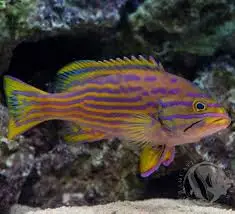
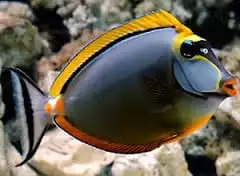
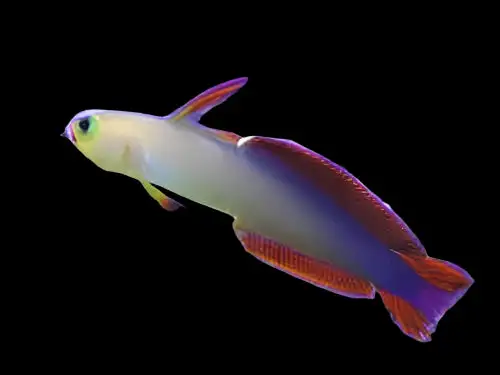

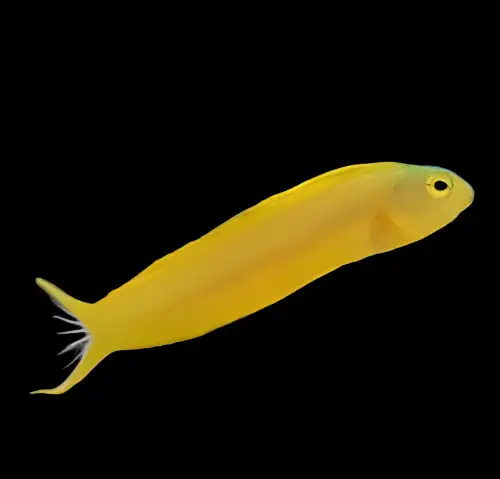
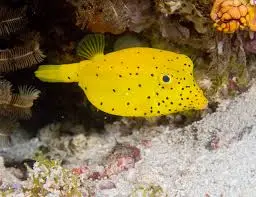
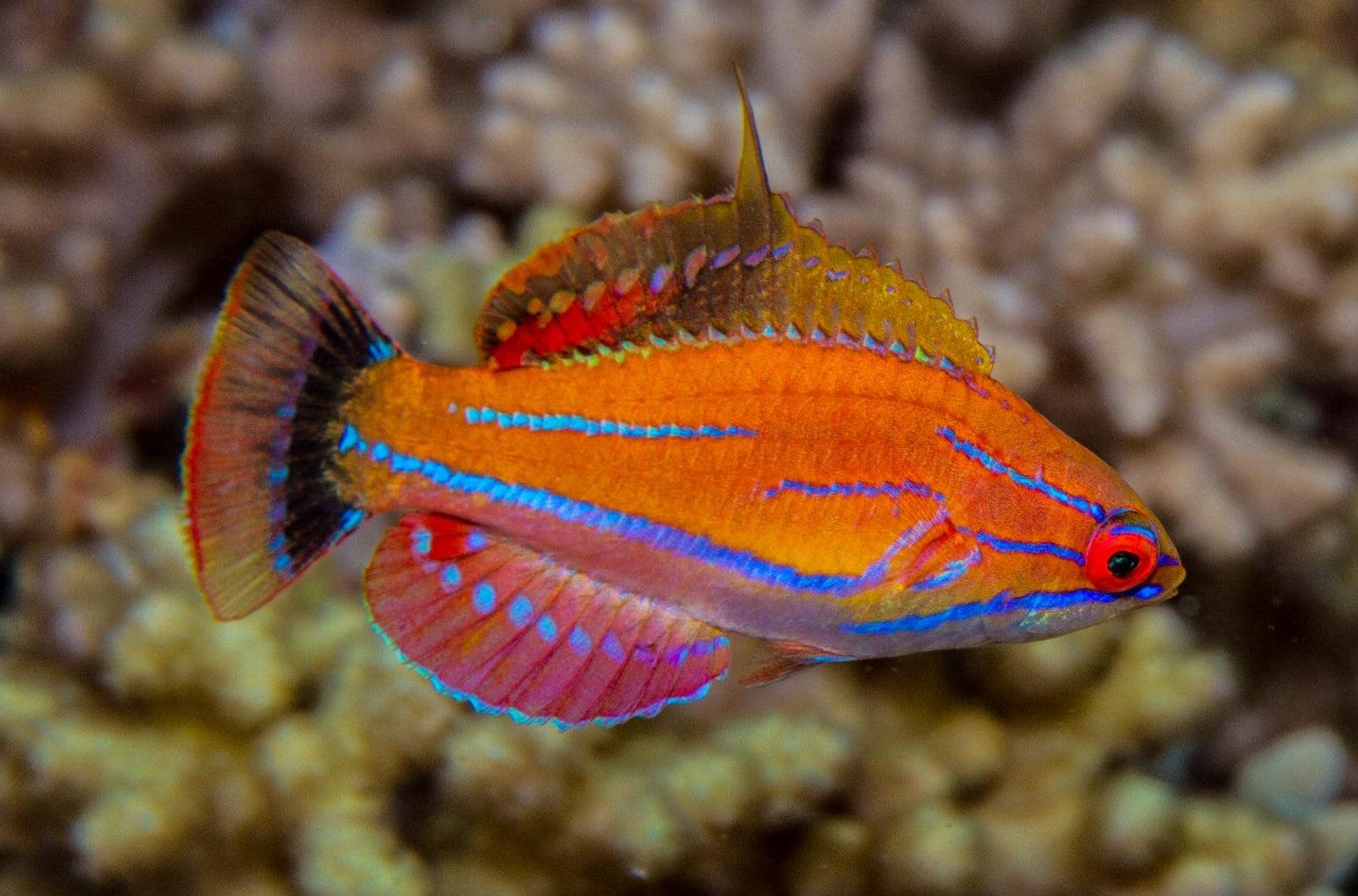


Reviews
There are no reviews yet.